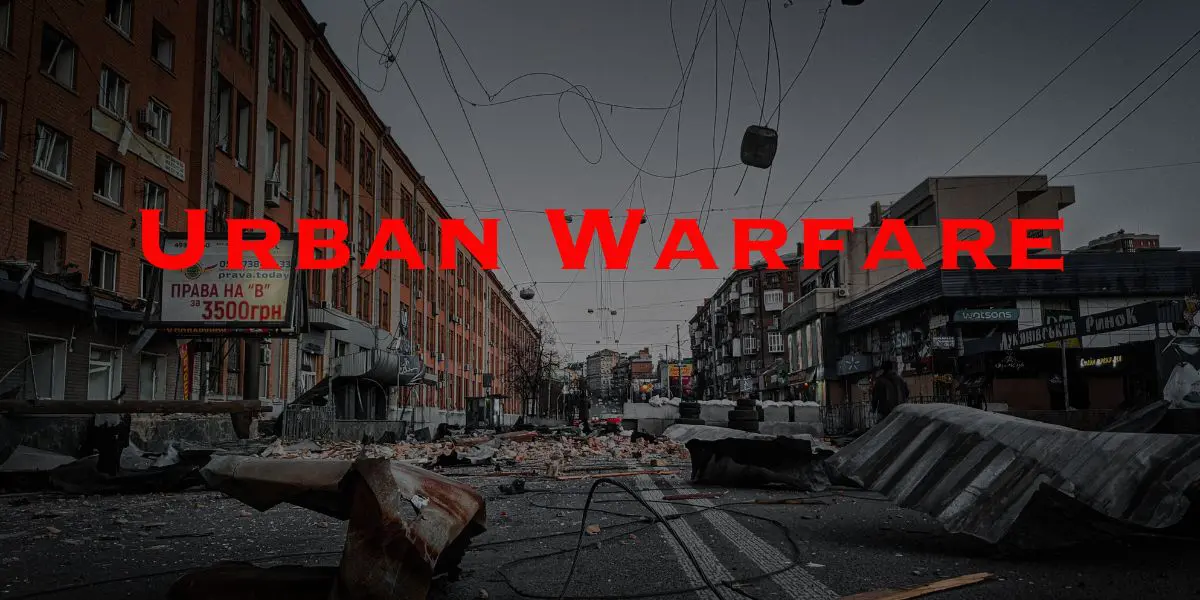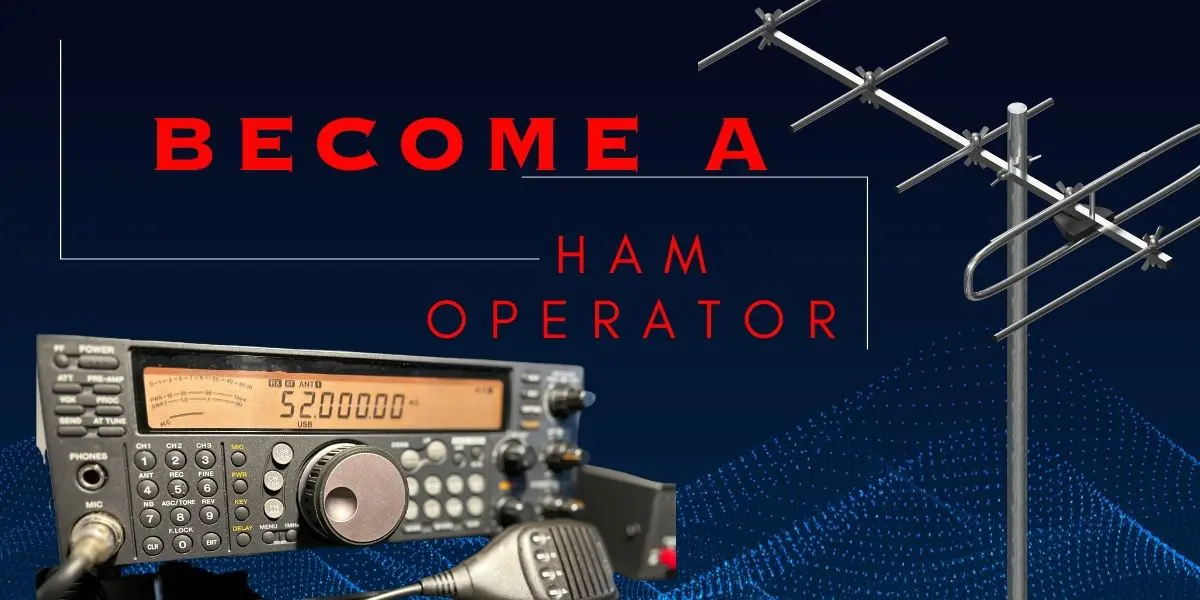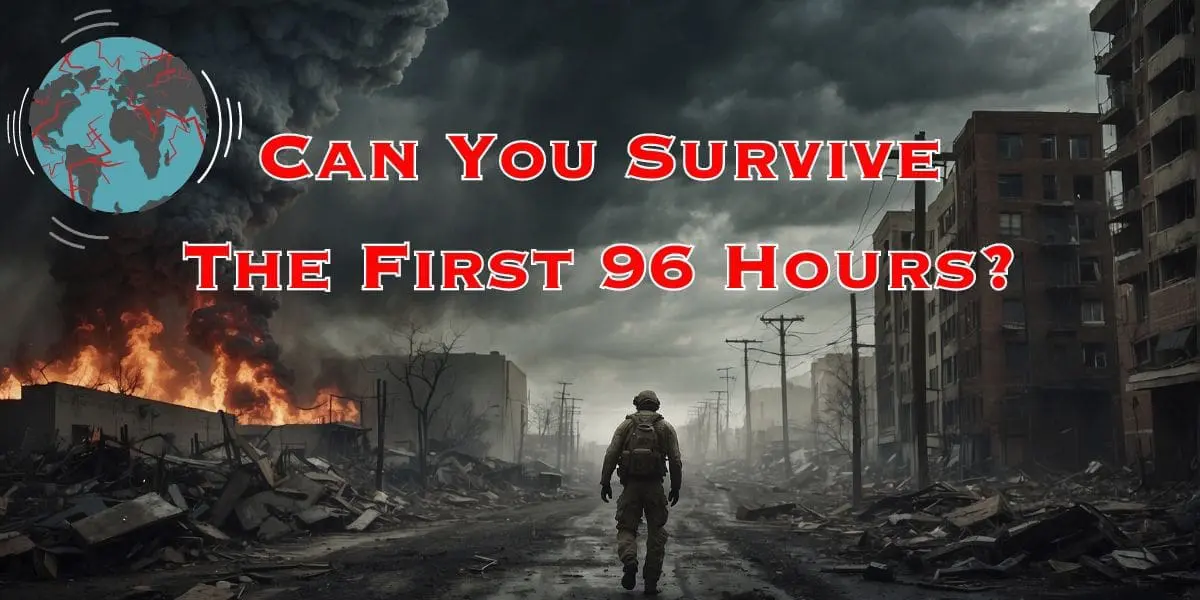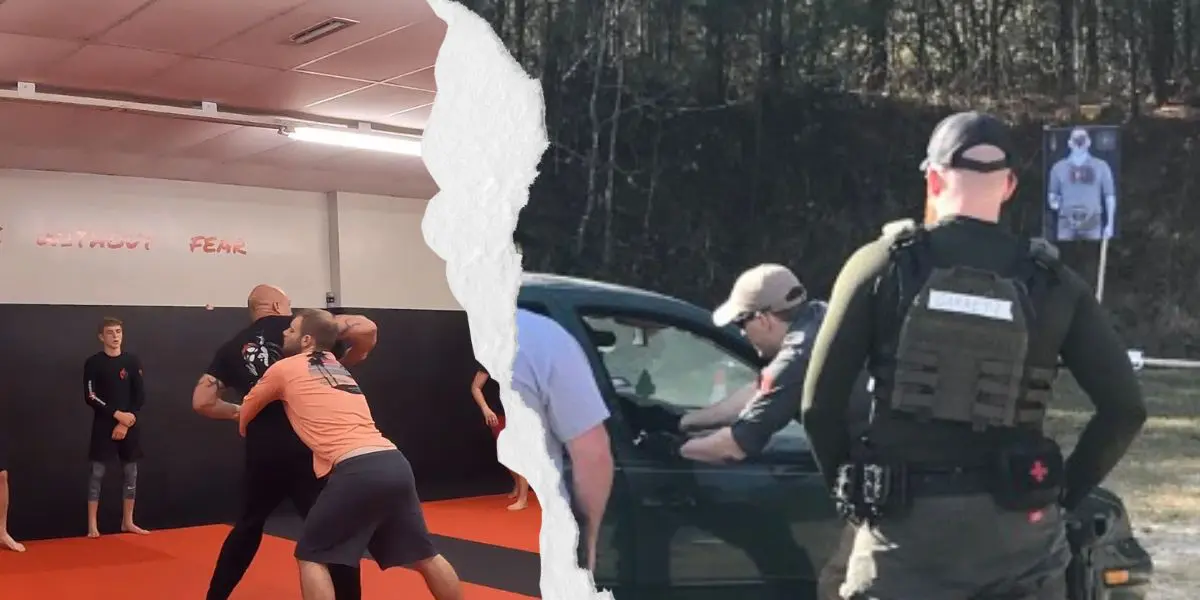Introduction to Defensive Advantages of Urban Warfare:
Urban warfare presents a unique set of challenges for military forces, with urban areas offering numerous defensive advantages to the enemy. In this article, we will delve into the defensive advantages that urban environments provide, including fortified positions, covered and concealed movement, and the ability to blend in with the civilian population. Understanding these advantages is crucial for military and guerrila forces to effectively plan and execute operations in urban warfare scenarios.
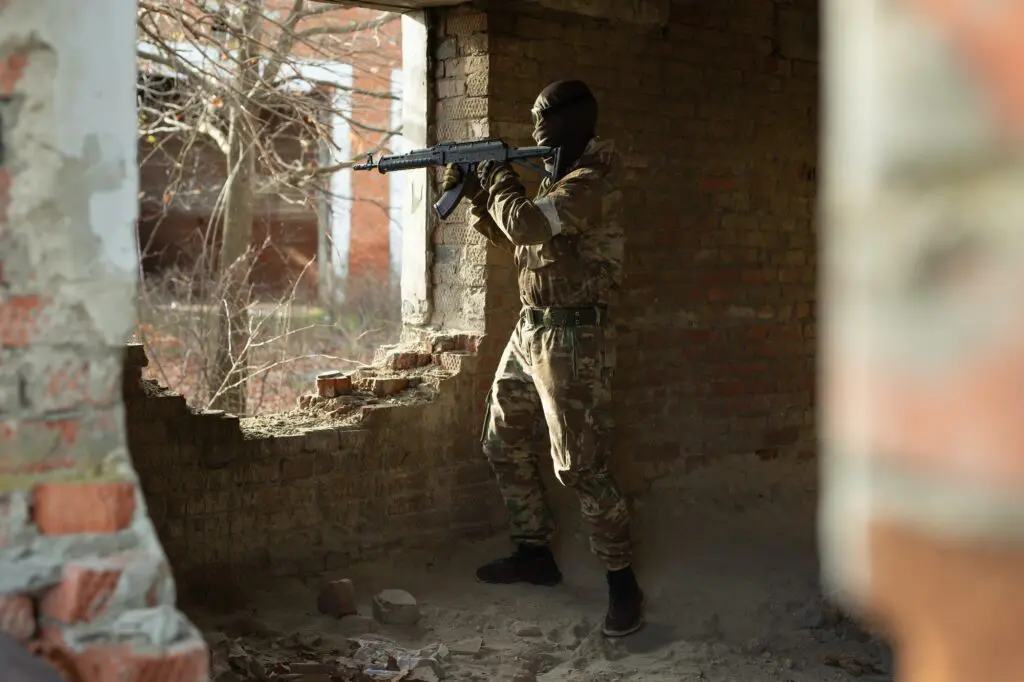
Fortified Positions: A Stronghold in the Urban Jungle
Urban areas provide ample opportunities for the enemy to establish fortified positions. Buildings, structures, and infrastructure can be transformed into strongholds, offering natural cover and protection. The dense urban environment allows the enemy to create a network of defensive positions, making it challenging for attacking forces to penetrate and dislodge them. Fortified positions can include barricades, sandbags, and other obstacles that impede the progress of military forces.
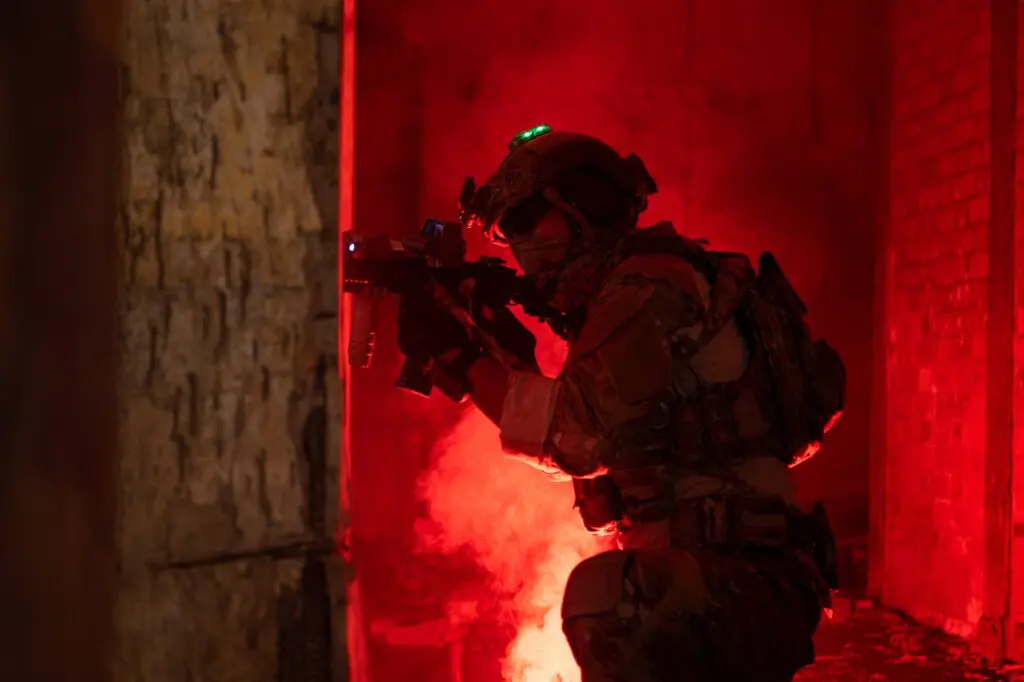
Covered and Concealed Movement: The Art of Stealth
The complex terrain of urban areas allows the enemy to move discreetly and take advantage of covered and concealed positions. Buildings, alleyways, and other urban features provide ample opportunities for the enemy to hide and avoid detection. This makes it difficult for attacking forces to identify and engage enemy combatants effectively. The ability to move undetected allows the enemy to launch surprise attacks, ambushes, and counterattacks, further complicating military operations.

Blending in with the Civilian Population: A Tactical Advantage
One of the most significant defensive advantages in urban warfare is the ability for enemy combatants to blend in with the civilian population. The presence of non-combatants in urban areas creates a challenging situation for military forces, as distinguishing between friend and foe becomes increasingly difficult. The enemy can exploit this situation by using civilians as human shields, hiding among them, or conducting attacks from within civilian areas. This tactic not only hampers the effectiveness of military operations but also raises ethical and humanitarian concerns.
Overcoming the Defensive Advantages:
While the defensive advantages of urban warfare pose significant challenges, military forces have developed strategies and tactics to overcome them:
- Intelligence and Surveillance: Accurate and timely intelligence is crucial in urban warfare. Military forces rely on advanced surveillance technologies, drones, and human intelligence to identify enemy positions, movements, and potential threats. This information allows them to plan and execute targeted operations to neutralize fortified positions and disrupt enemy movements.
- Specialized Training: Military forces undergo specialized training in urban warfare to enhance their ability to navigate and operate effectively in complex urban environments. This includes techniques for room clearing, close-quarter combat, and urban navigation. Training also emphasizes the importance of distinguishing between combatants and non-combatants to minimize civilian casualties.
- Combined Arms Approach: Urban warfare requires a combined arms approach, involving the coordination of infantry, armor, artillery, and specialized units. The integration of different capabilities enhances the effectiveness of military operations and helps overcome the defensive advantages of urban environments.
- Non-lethal Measures: Minimizing civilian casualties and collateral damage is a key consideration in urban warfare. Military forces employ non-lethal measures, such as crowd control techniques and precision targeting, to maintain order and minimize harm to the civilian population.
Conclusion:
Urban warfare presents unique challenges due to the defensive advantages that urban areas offer to the enemy. Fortified positions, covered and concealed movement, and the ability to blend in with the civilian population significantly impede military operations. However, through specialized training, advanced technology, and effective intelligence gathering, military forces can overcome these challenges and navigate the complexities of urban warfare while minimizing civilian casualties and achieving their operational objectives.
References:
- Marine MOUT MCRP 12-10B.1 GN.pdf, Pages 72-73, Paragraphs 3002a, 3003 【1†source】
- Urban Operations Man.pdf, Pages 43-44, Paragraphs 6-5, 6-6 【4†source】

